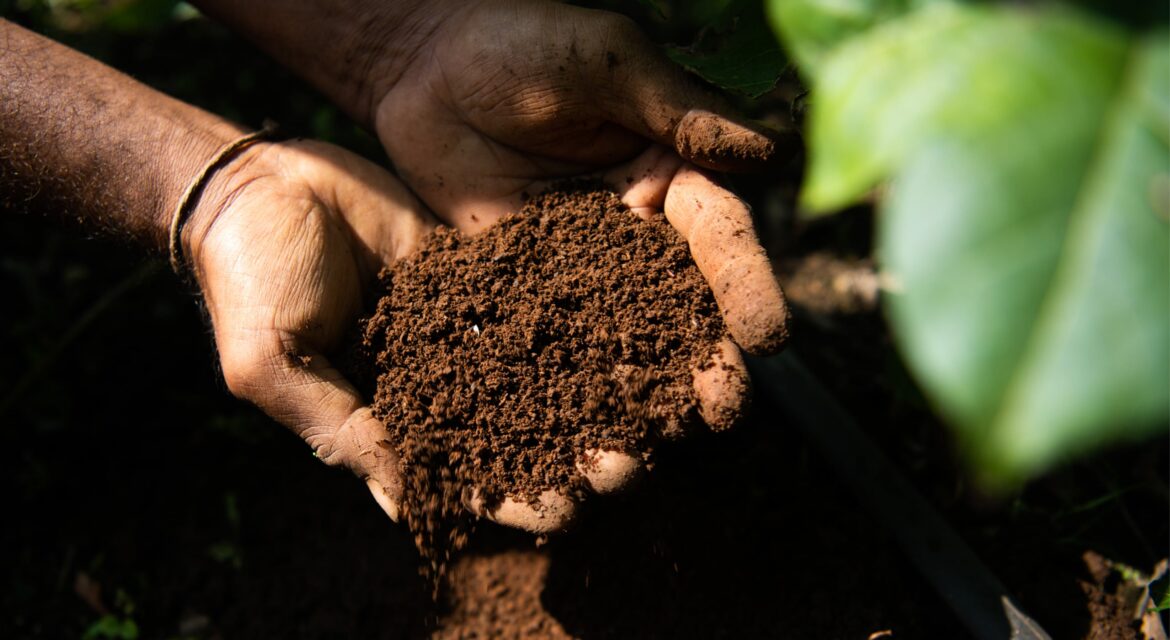Regenerative organic agriculture focuses on restoring soil health, increasing biodiversity, and reducing reliance on synthetic inputs, which can benefit crops like groundnut (peanuts). Groundnut farming, known for its nitrogen-fixing properties, fits well within these practices, potentially improving soil fertility and sustainability. While direct articles linking both are scarce, general resources on regenerative agriculture and specific studies on groundnut soil health provide valuable insights.
Background and Definitions
Regenerative organic agriculture is a holistic farming approach that extends beyond traditional organic methods by focusing on regenerating soil health, enhancing biodiversity, and improving ecosystem services. It emphasizes practices such as minimal soil disturbance, cover cropping, crop rotation, and the integration of livestock, aiming to create farm systems that work in harmony with nature. Key organizations like the Rodale Institute have pioneered this movement, highlighting its potential to address soil degradation and climate change, with only about 60 years of topsoil remaining at current rates.
Groundnut, scientifically known as Arachis hypogaea, is a leguminous crop widely cultivated for its oil, protein, and nutritional value. It is particularly significant in tropical and subtropical regions, with major producers including China, India, and Nigeria. Groundnut farming is known for its unique geocarpic growth, where pods develop underground, and its ability to fix nitrogen through symbiotic relationships with soil bacteria, contributing to soil fertility.
Intersection with Regenerative Practices
The connection between regenerative organic agriculture and groundnut farming lies in groundnut’s natural attributes and the practices promoted by regenerative systems. Research suggests that legumes, including groundnut, play a critical role in regenerative agriculture due to their nitrogen-fixing capabilities, which reduce the need for synthetic fertilizers and enhance soil organic matter. For instance, a study from Frontiers in Sustainable Food Systems estimated that groundnut residues could provide substantial net nitrogen input to soils, potentially improving soil health if residues are retained, aligning with regenerative goals of minimizing external inputs.
Regenerative practices such as cover cropping, crop rotation, and composting can further benefit groundnut farming. For example, adding organic materials like compost improves soil water-holding capacity, reducing fungal colonization and aflatoxin accumulation in groundnut seeds. These practices also support biodiversity, which is crucial for pest management without chemicals, a key aspect of regenerative systems.
Current Research and Findings
Despite the potential synergy, specific studies directly linking regenerative organic agriculture and groundnut are limited. A literature review from MDPI on regenerative agriculture practices highlights mechanisms like minimal soil disturbance and increased species diversity, which could apply to groundnut, but does not mention it explicitly. Similarly, articles from NRDC and Regeneration International provide general guidance on regenerative principles, noting the role of legumes in nitrogen fixation, which indirectly supports groundnut’s relevance.
However, practical applications are evident in sustainable groundnut farming guides, which discuss organic methods like crop rotation and natural compost, overlapping with regenerative practices. Another resource from Upaj AI Solutions details soil management for groundnut, emphasizing preparation and nutrient balance, which align with regenerative goals of enhancing soil health.
Challenges and Gaps
The main challenge is the lack of empirical evidence specifically for groundnut within regenerative frameworks. While general regenerative agriculture benefits soil health and biodiversity, as seen in Noble Research Institute comparisons, the application to groundnut requires further research. The evidence leans toward groundnut’s nitrogen-fixing role being beneficial, but studies like those from Frontiers focus more on integrated nutrient management, suggesting potential but not definitive links.
Additionally, the distinction between organic and regenerative agriculture can be confusing, with some farmers reluctant to adopt regenerative practices due to perceived lack of profitability, as noted in the MDPI review. This complexity is particularly relevant for groundnut farmers in resource-poor settings, where economic viability is crucial.
Practical Implications for Groundnut Farmers
For groundnut farmers, adopting regenerative practices could involve:
- Using cover crops and crop rotations to enhance soil fertility, reducing reliance on synthetic inputs.
- Retaining groundnut residues to improve soil nitrogen
- Implementing minimal tillage to preserve soil structure, aligning with regenerative principles.
These practices could lead to improved yields, better soil health, and environmental benefits, though farmers may need support through extension services or certification programs like those from the Regenerative Organic Alliance, as mentioned in Rodale Institute.
Unexpected Detail: Economic and Social Dimensions
An unexpected aspect is the socioeconomic dimension of regenerative agriculture, which includes fairness for farmers and workers, as highlighted by Nature’s Path. For groundnut farming, this could mean improved livelihoods through higher market value for regeneratively grown products, potentially offsetting initial adoption costs, though this requires further economic analysis.
Conclusion
In conclusion, regenerative organic agriculture boosts soil health and biodiversity, making it a great fit for groundnut farming. Groundnut’s nitrogen-fixing ability aligns with practices like cover cropping and minimal tillage, promising better soil and sustainability. Research is thin, but the overlap suggests higher yields and eco-benefits. Challenges include limited data and economic hurdles, though better market value could lift farmers. More study and support are key to making it work.




Andrew
I like the website. It is very informative.